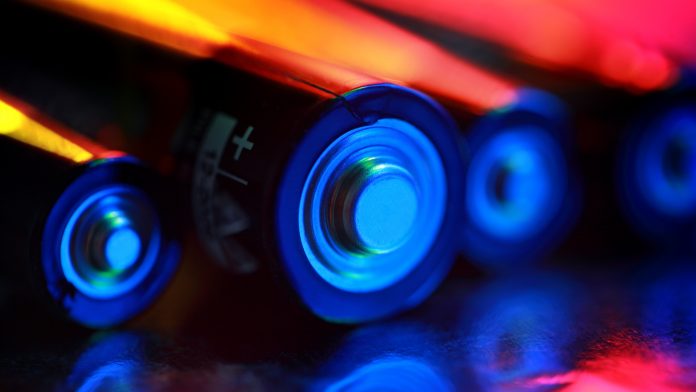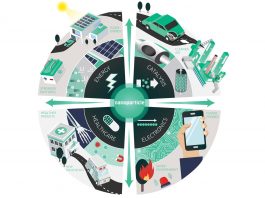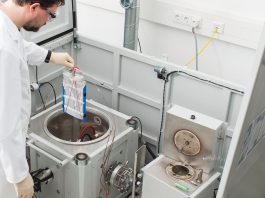For sustainable energy to become widely adopted, researchers need to confirm the safety, sustainability, and availability of energy storage methods.
Since the discovery of electricity, the energy storage industry has continuously evolved to meet changing energy requirements of advanced technologies. Energy storage systems can provide a wide range of methods for managing power supplies in order to create a more resilient energy infrastructure.
Innovation in battery safety and advances in battery chemistry could result in the wider adoption of sustainable energy, but how has recent innovation in these fields brought us closer to minimising the use of fossil fuels?
Advances in battery calorimetry
By increasing the safety of energy storage, scientist can improve upon the industry’s adoption of sustainable energy. Battery calorimetry allows researchers to collect quantitative data on the thermal behaviour of batteries. Calorimetry facilitates the discovery of new correlations between different parameters. This field of battery research can source data on heat capacity, thermal conductivity, and material suitability.
The development of safe lithium-ion cells is essential to promoting the electrification of transport and other industries. This is because an uncontrollable increase in temperature within batteries can cause ignition or even explosion with the simultaneous release of toxic gases.
The Karlsruhe Institute of Technology’s Calorimeter Center operates Europe’s largest battery calorimeter laboratory. The centre has successfully developed six Accelerating Rate Calorimeters in a variety of different sizes. This technology allow the evaluation of thermodynamic, thermal and safety data for lithium-ion cells on material, cell, and pack level under quasiadiabatic and isoperibolic environments for both normal and abuse conditions. By developing battery safety data banks, scientists can easily predict the behaviour of batteries, reducing consumer safety concerns.
Improved battery chemistry
Innovation in battery chemistry could result in the development of cheaper, more available energy storage technologies. The development of hydrogen fuel cells has been addressed by many pioneers in the energy industry, but splitting hydrogen atoms has proven to be a difficult and expensive process. Scientists have successfully developed a myriad of devices that can create hydrogen fuel; however, this technology has not been scaled to meet the demands of the industry.
Scientists have also developed batteries using sodium. This widely available chemical can be used in batteries to store the same amount of energy as lithium-ion. Unfortunately, this technology still requires some revision, due to a layer of inactive sodium crystals building up at the surface of the cathode, stopping the flow of sodium ions and, consequently, killing the battery.
Innovation addressing issues with lithium-ion batteries could open the door for further advancements in this industry. The Korea Institute of Science and Technology has developed a high-performance cathode material by stabilising the surface of over-lithiated layered oxides, using the DNA of salmon. The development of high-capacity cathode material is essential to increasing the capacity of a lithium-ion based energy storage.
Sustainable battery components
Although lithium-based batteries are a good alternative to fossil fuels, the use of lithium is not sustainable. Lithium is not found as a free element in nature. Lithium is almost always found in igneous rocks and brine pools. Pure lithium metal is produced by electrolysis from a mixture of fused lithium chloride and potassium chloride.
The formation of the universe primarily formed the elements hydrogen, helium, and a little lithium. However, all other chemical elements, including lithium, are formed when stars explode. Although this finite resource is not due to run out anytime soon, it is important to search for other alternative materials.
One possible alternative is magnesium-based batteries. Magnesium is the eighth most abundant element in the Earth’s crust, contributing to 2.4% of the crust’s chemical makeup. The European Magnesium Interactive Battery Community (E-MAGIC) project is developing new magnesium-based batteries. As one of the most electropositive elements, magnesium can easily release electrons and act as an efficient anode for batteries.
Although much of this technology is not available on the market, these innovations are essential to finding a sustainable alternative to fossil fuels.
Click here to learn more about battery safety thermal management.









